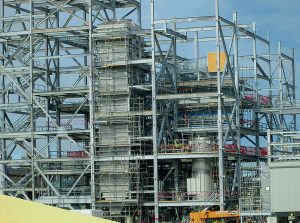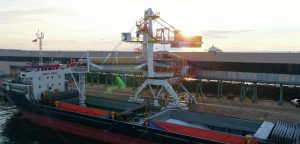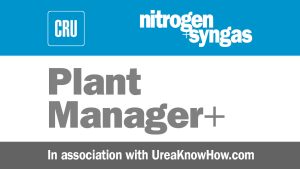Chinese electrolyser manufacturer LONGi Green Energy has begun construction on a $325 million green methanol project in Inner Mongolia that will combine biomass gasification with hydrogen from the company’s electrolysers. The project, being developed at the Urad Rear Banner Industrial Park, will process 600,000 t/a of agricultural waste to produce 190,000 t/a of green methanol in the first phase. Phase 2 will expand ethanol capacity to 400,000 t/a, with hydrogen coming from new electrolysers powered by 850 MW of wind and 200 MW of solar power. LONGi says that the project will cut carbon dioxide emissions by 1.2 million t/a, while adding more than 1 GW of wind and solar capacity to the region’s energy mix.









